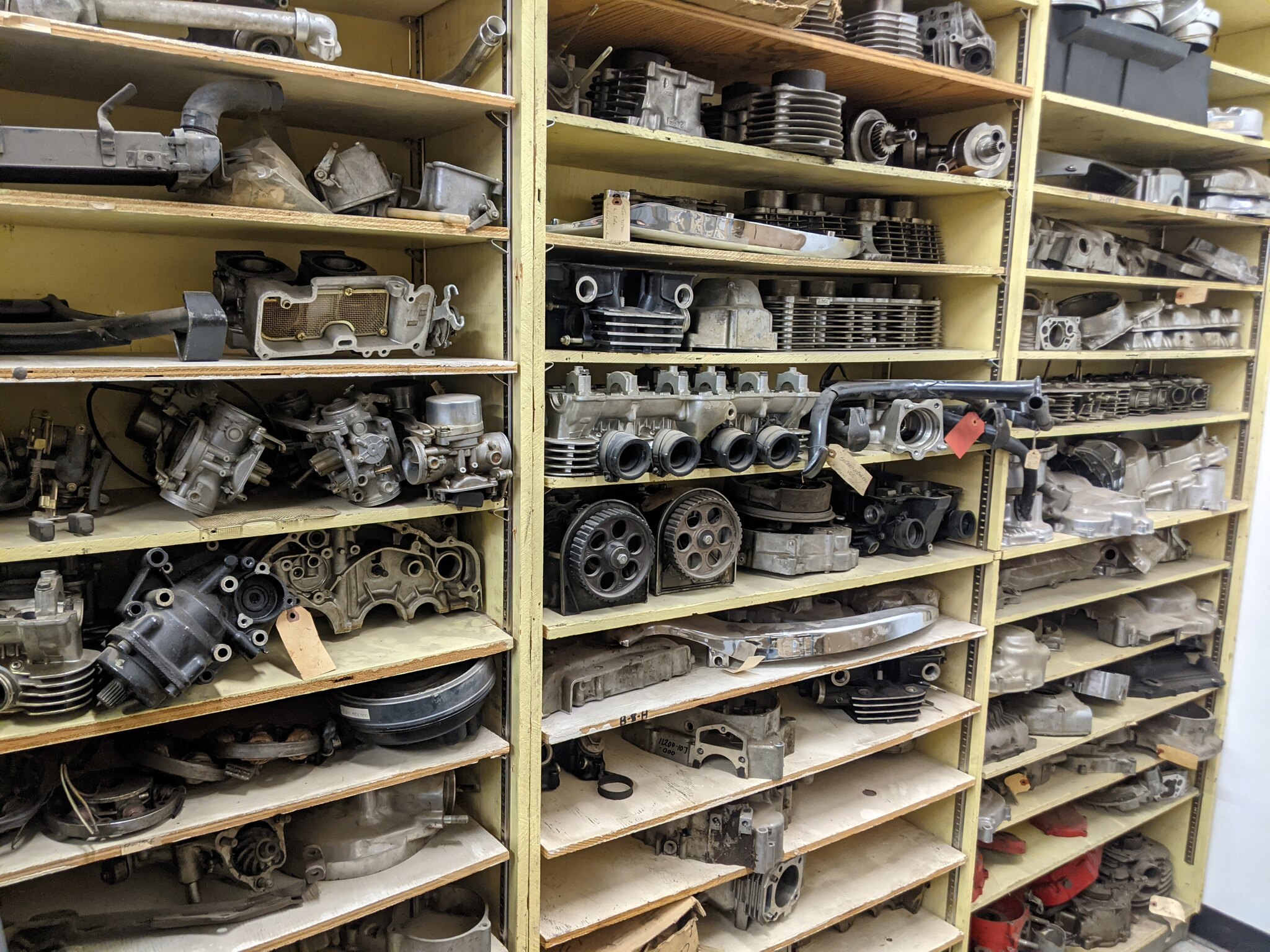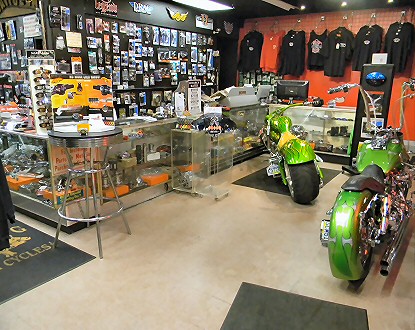Must-Have Motocross Gear: Raise Your Riding Experience Today
Must-Have Motocross Gear: Raise Your Riding Experience Today
Blog Article
A Comprehensive Take A Look At Motorcycle Components: What Every Cyclist Must Know
An extensive understanding of motorcycle parts is not merely valuable but crucial for any type of biker aiming to maximize efficiency and security. Each component, from the engine's elaborate functions to the integrity of brake systems, plays an essential role in the general experience and functionality of the bike.
Recognizing the Engine
The engine, often considered as the heart of a motorcycle, is a complicated setting up of parts that operate in consistency to convert gas into activity. At its core, the engine's key feature involves the combustion procedure, where air and gas mix and fire up within the cyndrical tubes, resulting in regulated explosions that drive the pistons. These pistons move up and down, transforming chemical power into mechanical energy, which ultimately transforms the crankshaft, ultimately powering the bike.

Understanding the complexities of a motorcycle engine is critical for fanatics and riders alike. It not just supplies understanding right into just how motorcycles attain their outstanding power and rate however likewise help in effective upkeep and troubleshooting, guaranteeing durability and reliability when traveling.
Suspension Solutions
While the engine powers the motorbike, the suspension system plays an essential function in making sure a smooth and regulated adventure. The suspension system is responsible for absorbing shocks from the road surface, keeping tire contact, and giving stability during cornering and braking. It makes up two major parts: the front forks and the rear shock absorbers.
Front forks are normally telescopic, dampening and having a springtime system. The spring presses and expands to soak up bumps, while the wetting mechanism controls the motion to stop extreme jumping. This combination ensures the front wheel stays in contact with the roadway, providing premium handling and convenience.
The rear suspension, commonly a monoshock or twin-shock setup, works in a similar way to the front suspension yet is customized to sustain the motorbike's weight and rider - motox parts nz. It manages rear wheel motion, contributing to the bike's total balance and responsiveness
Shock absorber can be adjustable, allowing riders to adjust preload, compression, and rebound setups according to personal choices and riding conditions. This adjustability enhances performance by enhancing the motorcycle's communication with diverse terrains. In summary, a reliable shock absorber is crucial for biker comfort, safety and security, and the motorcycle's dealing with prowess.
Brake Elements
Quiting power is a fundamental aspect of bike security, and it rests on the performance of the brake components. The primary elements of a bike's braking system include the brake pads, calipers, blades, and master cyndrical tube. motorbike shop. Each of these elements plays a crucial duty in guaranteeing reliable stopping performance
Brake pads are essential as they develop the essential friction versus the blades to reduce or quit the motorcycle. Built from products such as sintered metal or natural composites, the choice of brake pad material significantly impacts performance and long life. Calipers, housing the brake pads, use pressure to the pads when the brake bar is engaged, facilitating contact with the rotors.
The handle bar end mirror blades, usually made from stainless-steel or actors iron, are installed to the wheels and function as the surface against which the brake pads press. Their layout, including diameter and thickness, impacts warmth dissipation and quiting power. The master cylinder, attached to the brake lever, generates hydraulic stress transferred through brake lines to the calipers, ensuring constant stopping pressure.
Regular maintenance and inspection of these elements are essential for optimal efficiency, protecting against wear and ensuring motorcyclist safety on the road.
Tire Basics
Beyond keeping durable braking systems, making sure optimal tire performance is equally significant for bike safety and effectiveness. Tires are the single contact point in between the roadway and the bike, making their condition essential in handling, stability, and total trip top quality. Picking the appropriate tire kind is critical, as it straight influences traction and performance. Choices vary from touring to sport tires, each designed to fit specific riding problems and styles.

Additionally, consider the tire's age. Rubber substances break down over time, also if step appears sufficient. Examine the sidewall for the DOT (Division of Transportation) code to ascertain the tire's age. Usually, substitute is suggested every five years, despite wear. Investing interest in these tire essentials not just enhances efficiency but also significantly boosts riding safety.
Electrical Equipments
In the heated grips for bike world of bike maintenance, the electrical system plays a vital role in making sure dependable efficiency and biker safety. This elaborate network encompasses essential components such as the battery, alternator, starter electric motor, and wiring harness. Each aspect is essential for the seamless operation of the bike, from ignition to illumination and communication with numerous sensing units.
The battery serves as the heart of the electric system, giving the necessary power to begin the engine and operate accessories. Routinely examining the battery's voltage and terminals for deterioration is important to avoid unanticipated failings. The generator, on the other hand, charges the battery while the engine is running, ensuring a constant power supply.
The starter motor is liable for initiating engine procedure, converting electrical power into power. To preserve it, riders must focus on any kind of uncommon sounds or troubles during startup. At the same time, the wiring harness functions as the vehicle's nerve system, attaching all electric parts. Making sure that the cables are undamaged and totally free from damages is vital for avoiding short circuits and making certain functionality.
Verdict

Quiting power is a basic facet of bike safety and security, and it pivots on the efficiency of the brake elements. The primary aspects of a bike's stopping system consist of the brake pads, calipers, rotors, and master motorcycle riding outfit cylinder.Brake pads are essential as they create the necessary friction against the blades to reduce down or quit the motorcycle.Beyond maintaining durable stopping systems, ensuring optimal tire performance is similarly considerable for motorbike safety and effectiveness.In the world of motorcycle maintenance, the electrical system plays an important role in guaranteeing trustworthy efficiency and rider safety and security.
Report this page